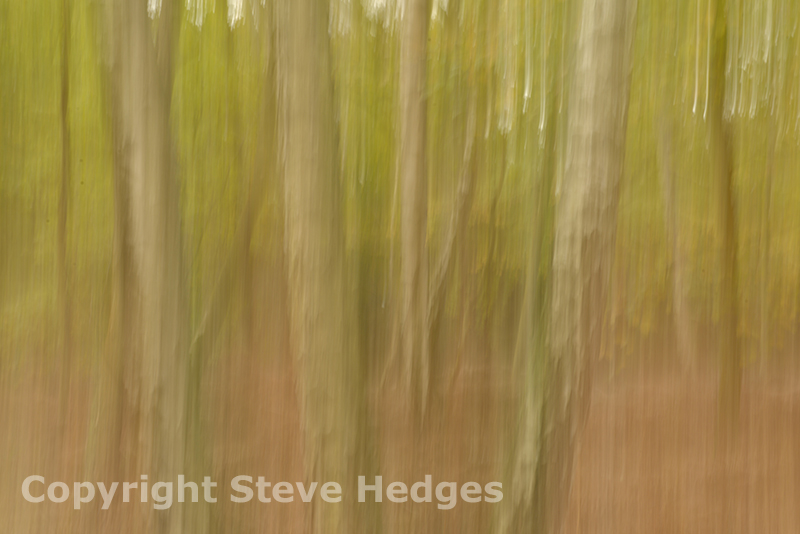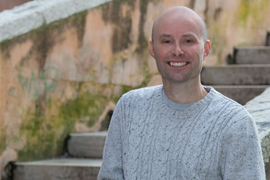Had a very good Photography Course in Epping Forest last Saturday. My photography get-togethers are something that I arrange occasionally for all my photography students, past and present. Around a dozen photographers arrived and I think we all enjoyed being out and about in Epping Forest. It was warm and dry but the light wasn’t fantastic. It was dull and cloudy which leads to flat light. This isn’t the end of the world though, you just have to tailor your picture taking to the lighting conditions. So if you have flat lighting, the sort of subjects that work are moving water and particularly, close up and macro photography. We all looked to create more intimate pictures of the forest. There was certainly no shortage of subjects: old gnarled trees, fungi, textured logs covered with moss all make great subjects for everyone to have a crack at. When it comes to macro photography one of the biggest challenges is the shallow depth of field that comes with being so close to the subject. You either have to accept only part of the image is going to appear in sharp focus even if you have set a really high F stop, or you can use a technique called focus stacking. For the picture of the fungi I used this technique which involves taking a number of pictures of the subject that are the same in every way except that each one has a different point of focus. You then import all the separate images into Photoshop. it’s then a case of merging the pictures together. Photoshop will then take the in-focus part of each shot to create one picture with a extended depth of field. Obviously you need to use a tripod because the framing of the image has to be exactly the same for each one. All other variables such as exposure, white balance etc need to be consistent from frame to frame. I think this technique is fantastic and well worth a try if you like macro photography. Even though the weather was cloudy most of the time I decided to make a few images with my infrared camera. You tend to find bright sunny conditions are best for infrared photography but I thought an infrared treatment of Epping Forest’s gnarled old trees would work well. I was very pleased with the pictures. I then split toned the black and white images when I got home. Spilt toning is another great technique. It involves taking a black and white image then adding two colour tones to the picture. One to the light areas of the picture and one to the dark area of the picture. For this image I added pale yellow to the light areas and blue to the dark areas of the image which I think works quite well.
no images were found
So all in all, even though the weather wasn’t ideally what we all wanted, by choosing the right subjects and techniques we all came away with some very good pictures and had a really enjoyable day too. It’s always nice to catch up with fellow photographers you might not have seen for a while.


